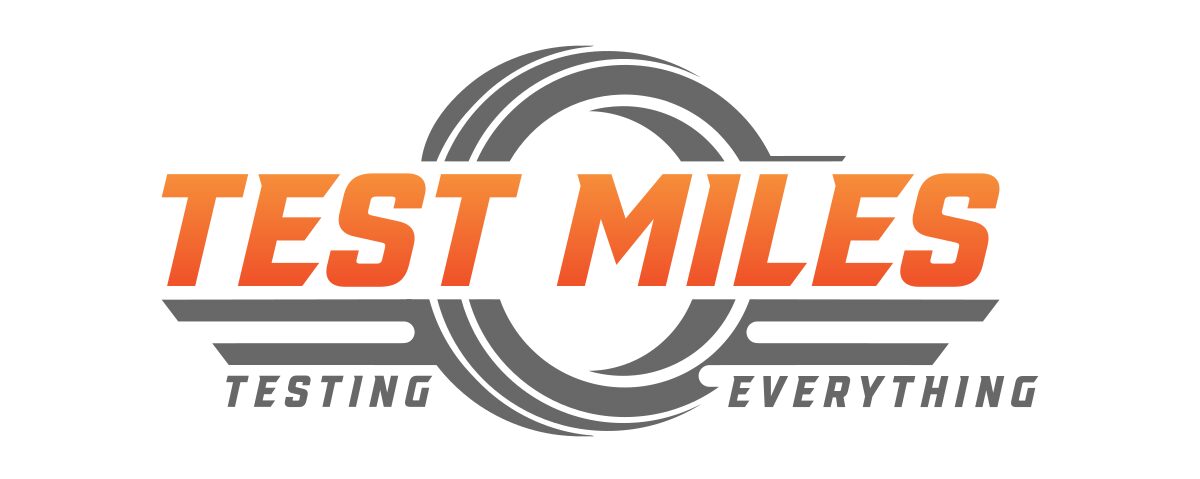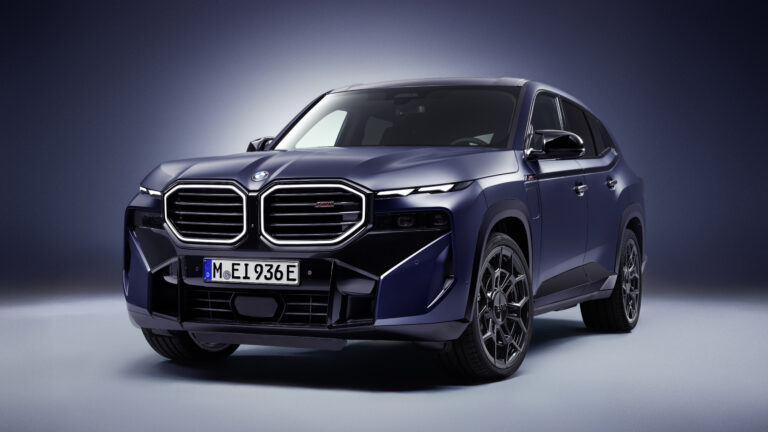EV Tax Credits Expire September 30: What You Need to Know
EV tax credit deadline looms. Federal incentives for electric cars end Sept 30, 2025. Learn which EVs qualify and how to save up to $7,500 now.
America’s federal EV tax incentives are about to vanish, and it could reshape the car market. Here’s what qualifies, what doesn’t, and why timing is everything.

Why does this matter right now?
For years, federal EV tax credits offered one of the few bargaining chips in an industry allergic to discounts. Now, a newly passed federal spending bill has pulled the plug. President Trump’s so-called “Big Beautiful Bill” ends EV and plug-in hybrid tax credits on September 30, 2025. That leaves consumers a tight summer window to cash in on savings up to $7,500 on new EVs and $4,000 on used models before Washington slams the vault shut.
And make no mistake: this is no temporary pause. It’s one of the most aggressive federal walk-backs on electrification policy to date. If you’re shopping for an electric or plug-in hybrid vehicle, the clock’s ticking and so is your potential to save thousands.

How does it compare to rivals?
The biggest rival right now isn’t another car it’s time. Only around 20 models qualify for full federal incentives, due to complicated rules around domestic manufacturing, battery sourcing, and price caps under the 2022 Inflation Reduction Act. Vehicles like the Chevrolet Blazer EV, Equinox EV, Silverado EV, and Tesla Model 3, Y, and Cybertruck still make the cut. Hyundai’s IONIQ 5 and IONIQ 9 sneak in via leasing, thanks to a quirk in the legislation that awards credits to the leasing company rather than the buyer.
This leasing loophole has become the industry’s clever workaround. Many models that don’t qualify for tax credits under direct purchase such as foreign-built EVs can still benefit from credits if leased. The catch? It’s up to the leasing company to pass those savings along, and not all do. So shoppers should ask pointedly before signing anything with an “APR” on it.

Who is this for, and who should skip it?
If you’ve been on the EV fence, this summer may be your best shot to leap off it. New electric vehicles remain expensive the average EV sells for about $63,000, a solid $13,000 more than a comparable gas-powered model. Tax credits helped narrow that gap for many buyers. Come October, they’ll be gone, leaving price-conscious shoppers to either pay full freight or wait for automakers to lower MSRPs voluntarily.
Shoppers looking at “affordable” EVs should be especially aware. The Chevy Equinox EV, touted as a sub-$30K electric crossover after incentives, could see its effective price jump by several thousand dollars this fall. And Slate Auto a startup promising a $19,900 EV recently updated its pricing to “mid-twenties.” Surprise, surprise. The base model budget EV is rapidly becoming an endangered species.
On the flip side, buyers who prioritize performance, luxury, or tech over price may shrug. For them, EV adoption isn’t just about cost it’s about experience. But don’t expect those tax credits to re







